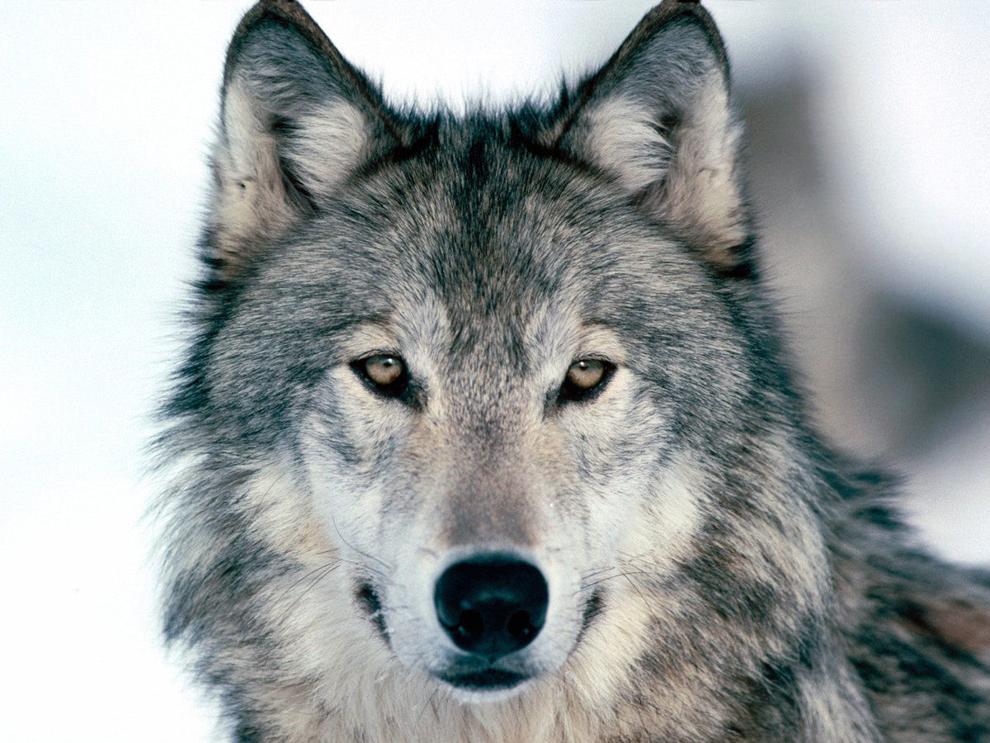
The Potential of Wolf Reintroduction in Maine
By: Harry French
When colonists first arrived in Maine in the early 1600s, wolves still roamed the forests of the area freely. Sadly the time of the wolf would come to an end, by the 1900s wolves had been effectively wiped out in New England (NYwolf). Historically, wolves have always been a target of humans, many children’s tales even feature wolves as the antagonist. Whether it be the literal wolf that the boy cried about or the more symbolic use of a wolf in the story of Red Riding Hood. Wolves would be hunted down for a myriad of reasons from protection of livestock, to sport (VTCNG). And as humans pushed further into the wild, populations of wolves disappeared. For a long time that would be the end of the story. Wolves would be effectively extinct in Maine, but maybe that doesn’t need to be the case anymore.
As our understanding of nature has changed over the years, wolves are not seen as the monsters people once believed. Many people have become fond of wolves and research has shown their environmental importance. These factors have led to the debate of wolf reintroduction, and now that debate has come to Maine. Many of you may remember a few years ago wolves had been introduced to Yellowstone National Park. This project was very expensive, with a single wolf costing an estimated $200,000-$1,000,000 to reintroduce (Goshen). However, the project has largely been considered successful with the population of wolves being 528 as of 2015, and with 94 packs in the park in 2020 (NPS). However, introducing wolves into a national park is one thing, introducing them into Maine presents different challenges.
Yellowstone is a very large national park and provided a large undisturbed area for wolf populations to grow safely. And the wolves are able to be tracked in the park relatively well, Maine does not provide such an easy situation. Much of Maine does provide a habitable region for wolves, but human population centers in Maine and infrastructure are in close proximity to potential habitats. Deer are often struck by vehicles in Maine, it is likely that wolves could suffer similar accidents. Additionally the project would be very expensive and Maine itself likely couldn’t cover the bill. However, federal agencies such as the Fish and Wildlife Service do receive federal funding, and with federal money a project such as this could be feasible. There is a potential area between Maine and New York that is unpopulated and could be suitable for wolf reintroduction, the Adirondacks (FWS).
Despite all these challenges, wolves are more resilient than you may think. There is evidence that wolves might have already returned to the state of Maine by themselves. Two animals found in Maine during the 1990s are believed to have been gray wolves, but a breeding population is not believed to be present in the state yet (FWS). If wolves can survive in areas without any human assistance think of how successfully they could be with a reintroduction program. Wolves could be one of the key species in Maine once again, but only time will tell.
